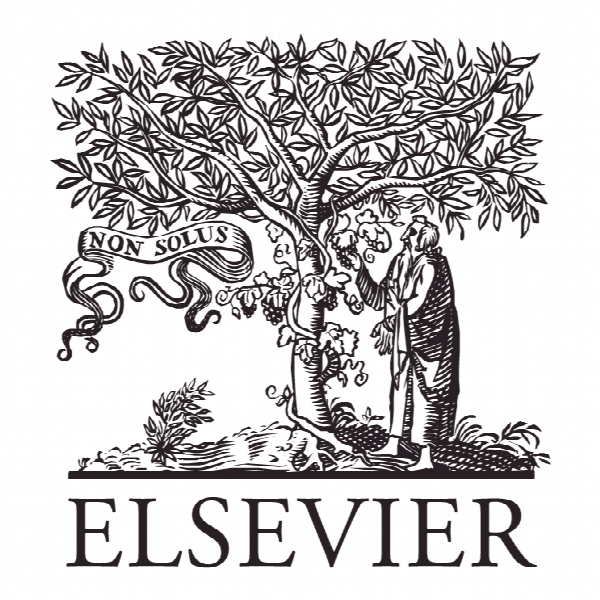روش شناسی مولد منبع برای هتل ها A resource generator methodology for hotels
- نوع فایل : کتاب
- زبان : انگلیسی
- ناشر : Elsevier
- چاپ و سال / کشور: 2018
توضیحات
رشته های مرتبط مدیریت
گرایش های مرتبط مدیریت هتلداری
مجله نوآوری و دانش – Journal of Innovation & Knowledge
دانشگاه Faculty of Tourism and Finance – Universidad de Sevilla (Spain) – Spain
منتشر شده در نشریه الزویر
کلمات کلیدی انگلیسی Hotel resources, Network resources, Resource generator, Social capital
گرایش های مرتبط مدیریت هتلداری
مجله نوآوری و دانش – Journal of Innovation & Knowledge
دانشگاه Faculty of Tourism and Finance – Universidad de Sevilla (Spain) – Spain
منتشر شده در نشریه الزویر
کلمات کلیدی انگلیسی Hotel resources, Network resources, Resource generator, Social capital
Description
Introduction Over the past decade, various works have shed light on interorganizational ties in the hotel industry and the roles they can play, basically highlighting that these ties with other organizations mean that hotel firms can access and use the external resources of their partners (Chathoth & Olsen, 2003; Chen & Tseng, 2005; Tortoriello, Perrone, & Mcewilly, 2011). Access to third-party resources that are to their advantage include information, knowledge, reputation, financing, entry to new markets, etc. Moreover, the study of external relations in hospitality has also linked the social capital that both individuals and their organizations possess (Ahmad, 2005; Nemec-Rudez & Mihalic, 2007; Ying & Norman, 2014). Social Capital is a resource derived from the network of social relations that individuals or organizations maintain over time (Adler & Kwon, 2002). Nahapiet and Ghoshal (1998) defined social capital as the set of resources present in the network of the focal firm which it can access. Therefore, social capital is a resource derived from the network of social relations that an individual or an organization maintains over the course of time (Adler & Kwon, 2002; Ying & Norman, 2014). Social capital is a multidimensional concept (Nahapiet & Ghoshal, 1998), but the literature has fundamentally concentrated on studying the structural dimension (which refers to the structure of the network and the position of the focal firm within it, as factors that allow access to more and to better resources) and the relational dimension (which centers on the quality and the qualitative factors of the relations). However, the position in the network and the quality of the ties can in themselves be considered as antecedents to gaining the resources of their partners, in such a way that it is possible to speak of a resource dimension of social capital (Batjargal, 2003; Casanueva & Gallego, 2010). Social capital is therefore linked in a fundamental way to the resources held by the partners of an organization; in other words, the network resources (Lavie, 2008). In the hotel industry, the way in which different sorts of relevant resources may be obtained has been analyzed on the basis of inter-organizational ties (Cheng & Tseng, 2005; Kim & Oh, 2004; Lin & Wu, 2008; Preble, Reichel, & Hoffman, 2000; Xiao, O’Neill, & Wang, 2008) and through the social capital of firms and individuals (Ahmad, 2005; Hsu, Liu, & Huang, 2012; Lee, 2015; Tortoriello et al., 2011). Not all the resources have the same characteristics to improve performance and to achieve competitive sustainable advantages. Barney (1991) proposed a series of resource characteristics to maintain competitive advantage (value, rareness, imperfect imitability and non-substitutability). This work centers on the value of identifying key resources in the industry.


